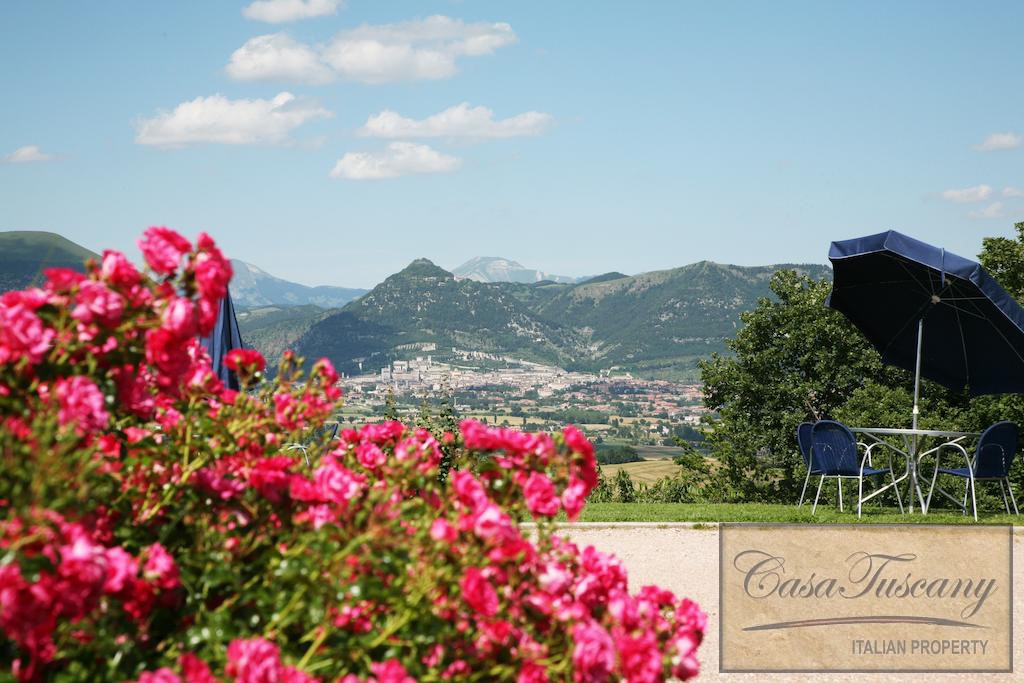 Favourites
Favourites

BY GREG BUTLER
We shall never tire of Tuscany but one day, feeling adventurous, decided to head for pastures new and explore fresh territory in neighbouring Umbria, the land-locked province to the south. It didn’t disappoint.
We flew to Perugia and hired a car to drive to a charming agriturismo we had pre-booked. Like most, this provided a comfortable base for self-catering and a chance to sample the rural lifestyle. We found two local ristoranti in a small town nearby that soon became firm favourites and also discovered pecorino fresco, an excellent cheese new to us.
We now had an ideal base for days out in Cortona and the countryside near the large lake of Trasimeno. Around midday one day we found ourselves near Gubbio, so decided to head that way in search of lunch. We knew nothing of the town ahead of time, so would be taking pot luck.
Frankly, Gubbio was a most pleasant surprise. A charming small town, it stands high above the surrounding countryside with narrow streets and much impressive stonework. We enjoyed an excellent lunch in a cellar ristorante next to one of the small piazzas.
Only some time after our visit did I stumble across some fascinating facts about Gubbio and a nearby gorge renowned for its unusual geology. It has a 45-degree sloping band of limestone in the side walls composed of the remains of millions of tiny prehistoric sea creatures and another narrow layer of clay. Not only must there have been a huge uplift in the strata at some point – as the town is now about 520 metres above sea level – but the whole area must once have lain well below an ocean, probably for millennia.
The area is known as the Gola del Bottaccione and geologists come from far and wide to study the phenomenon. It was really put on the map in the 1970s by a renowned American geologist called Walter Alvarez who collected clay samples from Gubbio and had these analysed in the US.
These were found to contain iridium, a mineral rare on Earth other than as a constituent of meteorites. From the data, he worked out that the iridium must have been deposited following the collision of a massive asteroid in what is now Yucatan that threw vast quantities of debris into the atmosphere, dramatically changing our planet’s climate and depriving the huge herbivorous creatures of much of their food supply. This took place in the Late Cretaceous period.
Every schoolboy now knows about the disappearance of the dinosaurs some 65 million years ago. Many scientists believe that this asteroid and its after-effects caused the extinction of 75% of all species then living on Earth.
Thus Gubbio, in southern Europe, has become one of the key ‘markers’ that show evidence of these ancient events on the other side of the world.
If you find yourself in Gubbio in the future, explore the town and ask for directions to the Gola del Bottaccione. It should be interesting and you’ll surely impress the Gubbians with your local know-how!
MORE INFORMATION: GOLA DEL BOTTACCIONE
Properties for sale near Gubbio:
€690,000
€1,180,000
Back to Info & Services
Notifications